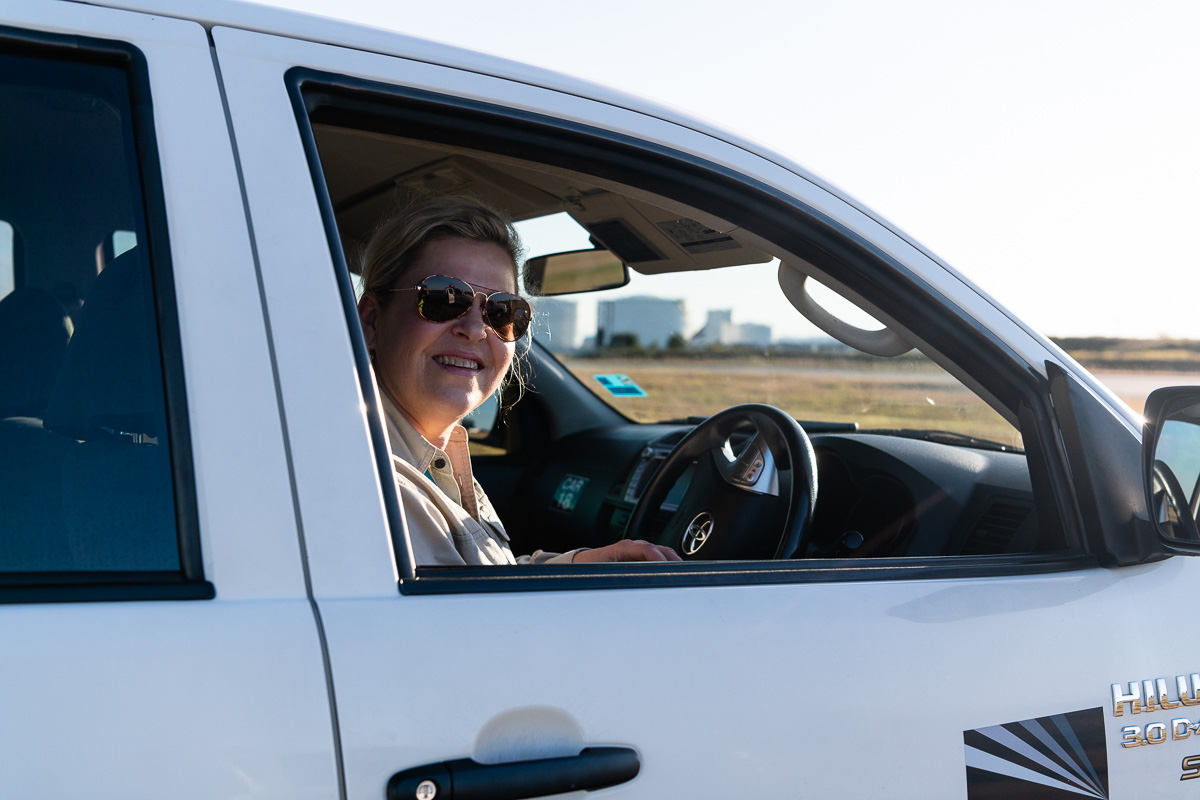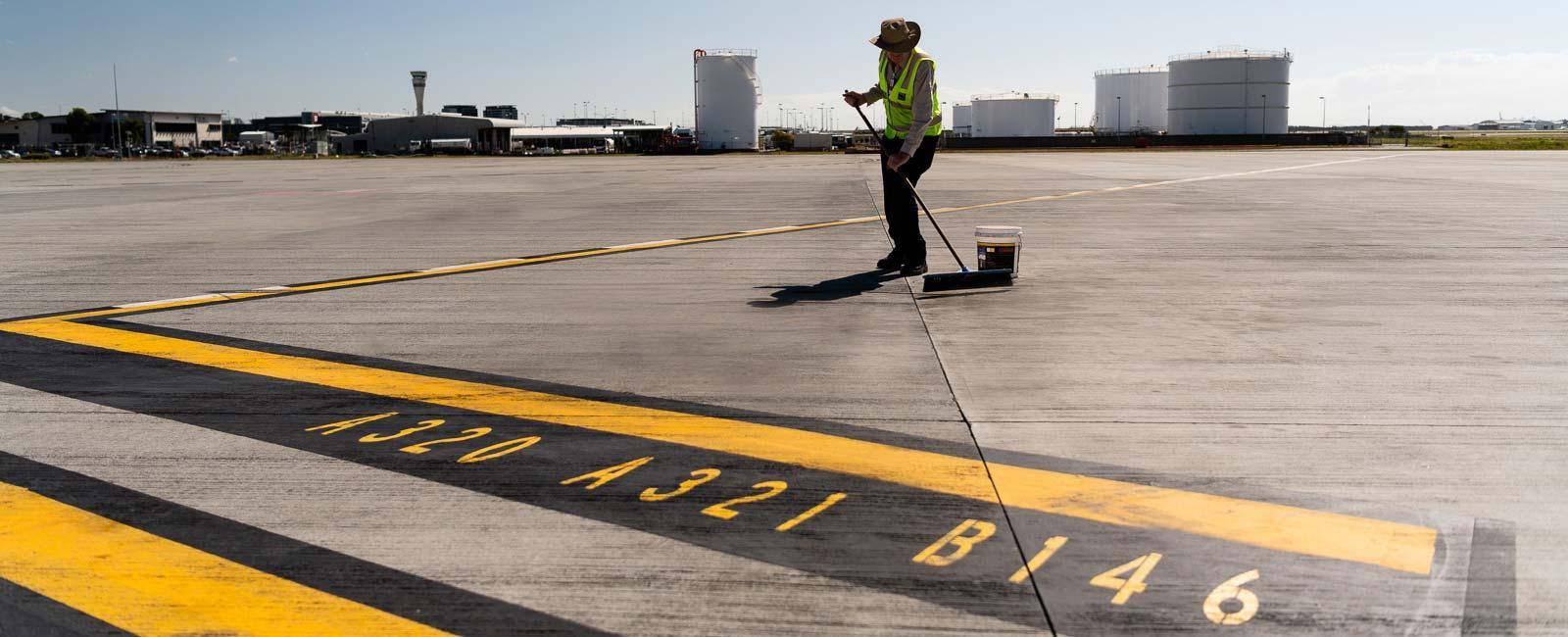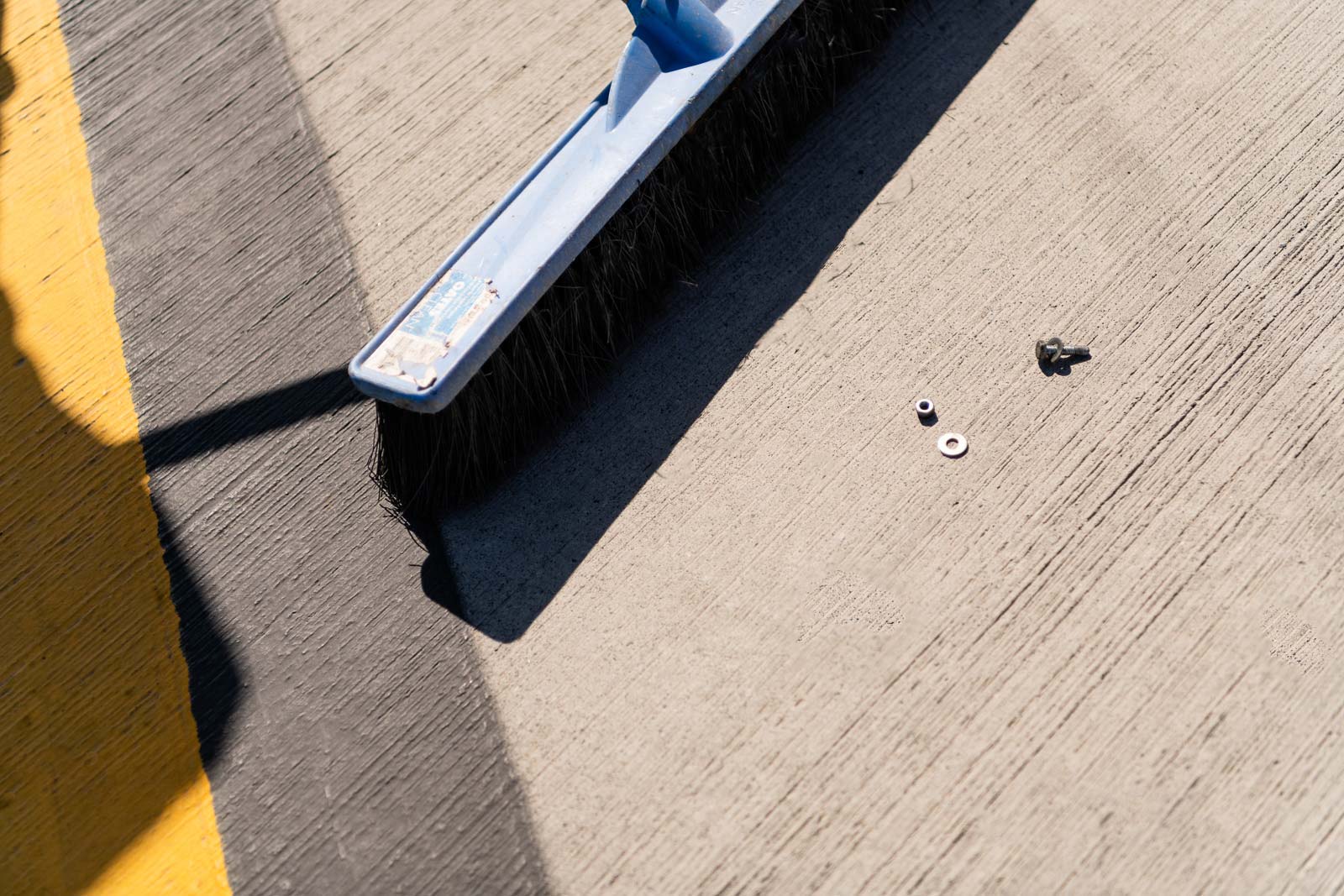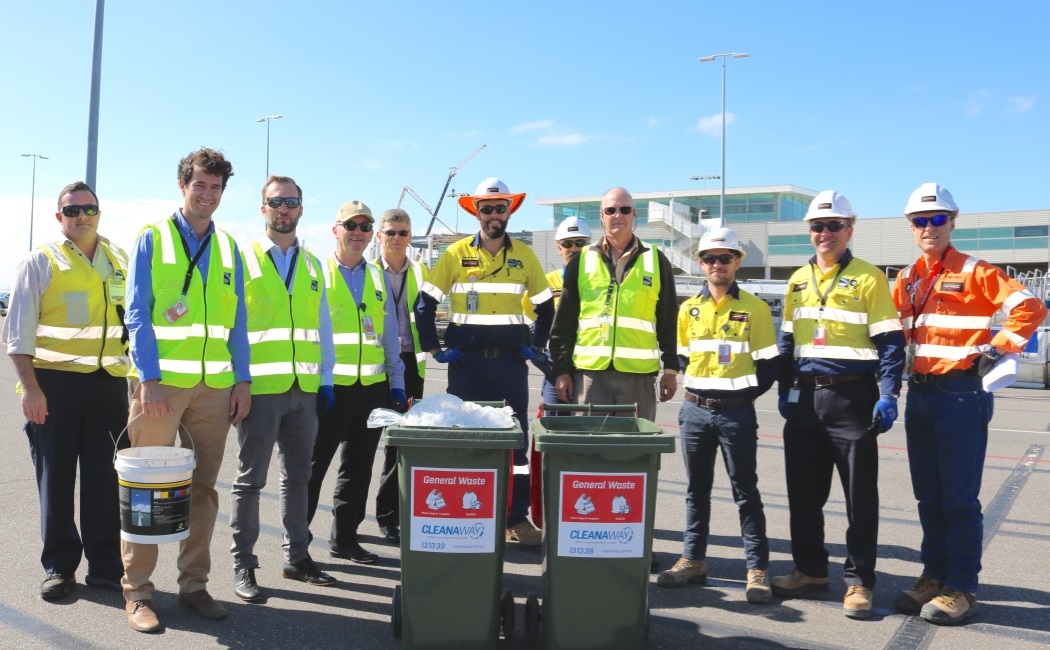
When it comes to airports and aerodromes, safety is the number one priority and common denominator that all employees and contractors aim for each and every day. Reassuringly for anyone who flies, Brisbane Airport is no different.
The importance of safety - and the fact that it is everyone's responsibility - was made abundantly clear to me throughout my induction with Brisbane Airport Corporation. In previous jobs, Workplace Health and Safety (WHS) always seemed like a token gesture, mentioned once or twice a year during a fire drill. It was like SnapChat to anyone born before the 90s - you know it's a thing, but what does it even mean and what on earth do you do with it?! So imagine my surprise when I walk into the corporate offices of BAC and see steel-cap boots, hard hats, high-vis vests and safety goggles everywhere! You have to get used to regularly being quizzed about whether you have encountered any hazards across the airport, and the more time you spend at BNE, you come to realise that safety is a genuine concern across all levels of the business.
The highlight of my induction was, without a doubt, the airside induction. I had heard of airside operations officers, but like most people had absolutely no idea what they did let alone how important their role is.
There are approximately 30 Airside Operations Officers at Brisbane Airport, working 12-hour shifts across a 24/7 roster that ensures a team is at work every hour and everyday of the year to ensure that it is 'business as usual' on airport. They all possess a rich myriad of skills, with their role defining them as risk-management gurus, wildlife experts, firearm handlers, plane spotters, traffic cops, gardening experts, and enforcers of regulatory obligations.
During my induction, I was shown the ropes by Lou Anning. Her enthusiasm and zest for life is infectious, and I believe her when she tells me she has the best job in the world. We jumped into one of the Airside Operations vehicles and made our way through the security gate onto the airfield. I was on the 'other side', unable to explain the surreal feeling of following a Boeing 747 along the runway while beeping the horn to startle nearby plovers.
Lou explained the purpose of regular airfield inspections and the importance of meticulously assessing the ramps, aprons, taxiways, runways and all other areas airside to ensure everything is in compliance with various standards and regulations. Mid-way through the conversation, she stopped the utility in the middle of the apron and jumped out of the vehicle. While I was assuming av-geek status by taking photos of the nearby planes, Lou was removing a large piece of cardboard from the tarmac and throwing it in the tray.
Lou goes on to explain that looking for and removing FOD is a crucial aspect of her role. I'll admit, when I first heard the term FOD, I imagined a cringe-worthy dance move that my dad might use at a family gathering. Turns out it is incredibly important when it comes to safety and risk minimisation.
So what is FOD?
In simple terms, FOD is foreign object debris found in an inappropriate location that - as a result of being in that location - poses a significant risk. FOD is estimated to cost the aviation industry around $4 billion a year, with something as simple as a nut, coin or coffee cup through to larger items such as pavement fragments or an aircraft part able to cause substantial damage if ingested by an aircraft. It also poses a significant hazard to people working on the airfield, as it can be thrown at force by the jet blast of aircrafts.
It's frightening when you think about it. Lou tells me it is not unusual to find parts of a plane on the tarmac. *Gulp!* In these instances, Lou would look for any identifying features and notify the relevant airline if she can. You know, just in case it is an important part that keeps the plane in the sky.
Dave Selby, Airside Safety Systems Manager, says FOD walks are used to compliment the daily inspections conducted by airside operations officers. Every so often, people across all areas of BNE come together and don personal protective equipment (PPE) and high-vis vests to walk side by side along the aprons and grassy areas between the runway and taxiways, collecting an array of debris.
"The FOD walk is a great opportunity to promote awareness of FOD and its implications if ignored, as it can be relatively unknown in some areas of the airport."
"Most people are very surprised at both the quantity of FOD collected as well as the items that are on the apron area.
"Items such as rollers and tow hitch pins that have fallen from ground service equipment have all been found on the aprons and taxiways, and party balloons are an interesting item we quite often find and that come from off site and end up on our runways."
With no major incidents of FOD-related aircraft damage or injuries at BNE, I cannot help but be incredibly thankful for people like Lou and Dave. The success of the FOD walk and the officers who oversee the airside environment cannot be disputed.



